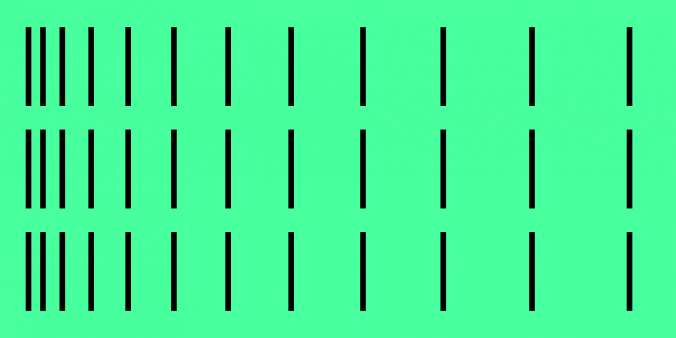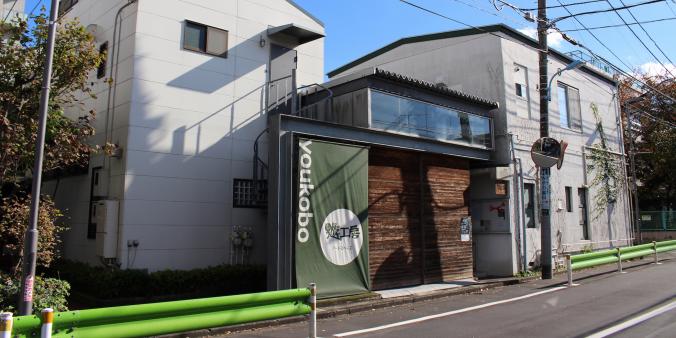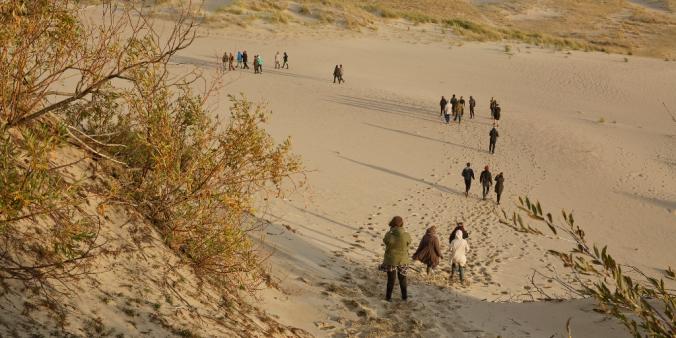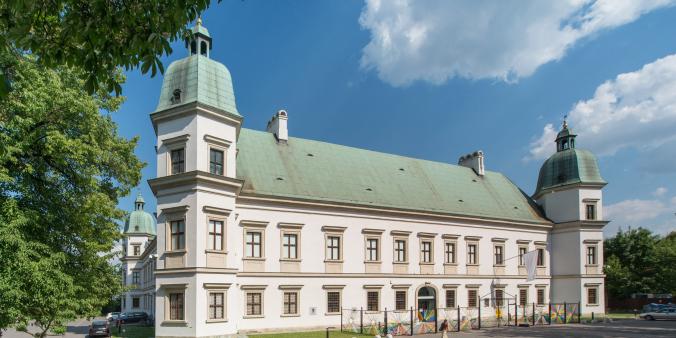Books, researches, and theses
The TransArtists desk initiates, collects, follows, and distributes research into the artist-in-residence phenomenon. This page lists books, publications and guides going in depth on artists' residencies.
Exhibist Magazine, issue #8, 2016
Issue 8 has a special focus on Artist Residencies. The magazine features interviews with Aaron Cezar, founding director of the Delfina Foundation in London and Istanbul based artist residencies maumau, Pasaj, Halka Art Project and arthere. An essay by Julie Upmeyer focuses on her experiences with running, working with and attending artist residency programmes, while another essay portrays the stories of 6 international artists, who have lived in Istanbul within the frame of artist residencies. An extensive art guide to worldwide artist residency programmes is included in a special focus section of the magazine.
Access 4 articles of the magazine directly online, or buy a digital version on Exhibist website - exhibist.com
"Networks", by Mapping Residencies, 2015
What does it means to work in a network within the field of art production: what is it that makes them effective? How can they generate increased artistic and social impact? Moreover, to what extent does the artist’s need to establish contact networks tally with his/her work in the studio? How does it affect the creation process and the artistic validation system?
The magazine features articles, interviews and a discussion forum that offer an extensive range of views. Some of these are optimistic while others challenge or criticise the raison d’être and the workings of a network devoted to art creation and the meaning of the word “networking” within the contemporary art system.
Free download or buy the printed copy on mapping residencies website. English and Spanish available - mappingresidencies.org
"Artists Residencies in the Public Realm", Office of Public Art, Pittsburgh, PA, USA, 2014
This resource guide for creating residencies and fostering successful collaborations has been written based on the experience of the Pittsburgh office of Public Art with residencies. This resource guide is written primarily for entities that would like to develop an artist in the public realm residency, as well as individual artists who initiate their own collaborative projects. It outlines ideas for structuring creative residencies that result in successful community collaboration.
Download it in pdf on Pittsburgh Arts Council website - www.pittsburghartscouncil.org
"NYC Long Island", by Mapping Residencies, 2013
Largely structured in an interview format, the inaugural edition of Mapping Residencies is devoted to the city of New York and Long Island. Both areas host more than 5,200 art and non-profit organizations, with 48 residency programs for artists. What is the financial state of these non-profit organizations? Who are the main figures in art funding nationally? How are artists and organizations affected by the current crisis?
With these questions forming the point of departure of this publication, Mapping Residencies presents articles by Olsen Montauban and Connie Cuadrado. Mapping Residencies has also created a research team to collect all existing data related to art funding in the United States, assimilate it and display it visually in a infographic created by Relajaelcoco.
Download the publication for free or order a paper version – available in English and Spanish - mappingresidencies.org
"Microresidence!", by Youkobo Art Space, 2012
In 2011 Youkobo Art Space in Japan began a “research study of microresidencies” in the form of a questionnaire, and from the feedback it received in this survey, Youkobo was able to make a rough start in imaging the wider picture of microresidencies, their presence and conditions around the world.
Download for free the report Microresidence! 2012 - Artist in Residence, from a Micro Perspective - www.youkobo.co.jp/microresidence
"ON-AiR: Reflecting on the mobility of artists in Europe", by ON-AiR partners and Trans Artists, 2012
With this publication (170 pages), the partners of the ON-AiR project aim to take you on a ‘journey’, reflecting on the current state of mobility in which the artists in Europe operate and their art flourishes. It also includes a summary of the results and outcomes of the ON-AiR project. The book can be downloaded for free as pdf or ordered in print at the TransArtists desk (at a charge of 10 Euro exc. postage).
Download: ON-AiR: Reflecting on the mobility of artists in Europe - www.transartists.org
"From Surviving to Thriving: Sustaining Artist Residencies", by the Alliance of Artists' Communities, 2012
Over 2010-2011, the Alliance of Artists Communities set out to explore the question, "What is organizational sustainability, and how might it apply to artist residencies?". AAC conducted research into the capacity, challenges, and successful practices of artist residency centers. The resulting report – "Surviving to Thriving: Sustaining Artist Residencies" – features information and examples from 157 organizations on funding, personnel, governance, programming, property, environment, and priorities.
Download the report for free - www.artistcommunities.org/sustainability
"The Colony Log", by Nida Art Colony, 2011-2014
Nida Art Colony published a bilingual (LT/EN) magazine, that covers its activities as well as thematic topics, such as Remoteness in and around Contemporary Art and residencies (2011) and "Taking Time" (2013).
Have a look at the logs here - nidacolony.lt
"RE-tooling RESIDENCIES. A Closer Look at the Mobility of Art Professionals", by RE-tooling RESIDENCIES partner & CCA Ujazdowski Castle, 2011
RE-TOOLING RESIDENCIES addresses how both arts communities and art institutions try to create arts residency centers in Eastern Europe and to cooperate with existing centers of this kind. The book can be downloaded for free in pdf.
www.re-tooling-residencies.org
"Mind the gap", by Alliance of Artists Communities, 2011
There are over 160 residency programs in the U.S. and Canada open to dancemakers, and dozens more around the world. In early 2010 in partnership with The Andrew W. Mellon Foundation, the Alliance of Artists Communities set out to examine the landscape of artist residencies for dancemakers: how does the field of artist residencies currently support dance? how well are dancemakers aware of this support? what resources are needed for the field to better support dancemakers? The findings of this project are compiled in the Alliance's report, "Mind the Gap: Artist Residencies and Dance," published in April 2011.
Download it for free in pdf - www.artistcommunities.org
"Residency resource handbook", by ArteEast, 2011
This resource manual of ArteEast offers readers a brief overview of online platforms and print sources relevant to understanding residencies and the social, cultural and political contexts in which they function. The 14-page manual covers:
- Online resources: platforms and networks
- Structures and models of residencies
- Personal narratives and reflections
- Assessing impact: Outcomes and assessments
The manual can be viewed online - arteeast.org
"WE LOVE ARTISTS - Artist Residencies Around the World", by Someone's Garden, 2010
Color-coded by region of the globe (Asia, Oceania, Europe, North/South America, Africa/Middle East), the book includes photos of artists’ residences, studios and work they have done; descriptions of each program, including interviews with artists who have been there; and selection criteria. You will find the latest news from the programs where Gauguin, Donald Judd, Takashi Murakami, Makoto Aida and others have stayed and made great art. Includes a comprehensive list of 520 AIRs.
The book can be ordered at RAM publications (at a charge of $59.95) - www.rampub.com
"Air #0. Let's suppose the academy is a place for artists.", by Amsterdam Hogeschool voor de Kusnten, 2010
AIR# tracks the first generation of Artists In Residence: Luc Deleu, Peter Delpeut, Joël Bons and the dance company EG | PC. It offers insights into the diverse collaborations that developed, reveals what they yielded for the artists, and explores the challenges for educational practices and our vision of art research at the Amsterdam School of the Arts.
Read it on issuu - issuu.com
"Residencies: Spaces + Artists + Managers + Communities", by ASEF and ResArtis, 2006
Residencies: Spaces + Artists + Managers + Communities features reflections, shared experiences and proposals on artists in residence programmes, particularly in Asia and Europe. The book highlights the relevance of artists exchange and mobility as well as the importance of the roles of local communities with regard to the enrichment of culture and the arts.
The publication can be ordered at the ASEF website for free - www.asef.org
"The Ultimate Residency Resource Guide", by the Alliance of Artists Communities, 2005
With more than 600 pages this ultimate guide the Alliance of Artists Communities offers the essential tools needed for artists’ residencies to function at a highly professional level: introductory topical essays, how-to overviews, and dozens of standard and sample documents on nonprofit management in general and artists’ residency programs specifically.
You can order at the AAC website (350 $) - www.artistcommunities.org
"Gastfreundschaft. Stipendiatenstätten und ihre Angebote", by Halle für Kunst, 2004
This publication (in German) discusses the idea of hospitality ("gastfreundschaft"), with a specific focus on German residencies. Furthermore, the publication includes an index of residencies in Europe and a presentation of the collection of the Landkreis Lüneburg. 296 Seiten, 4/4-farbig, zahlreiche Abbildungen, 2004 – 25 euro
Find the publication on Halle fúr Kunst website - www.halle-fuer-kunst.de
"Engaging communities: lessons learned", by Alliance of Artists Communities, 2004
This report explores the question of how an organization whose core mission is to protect artists from external demands so that they can accomplish their basic work can at the same time be a full participant in a local community. Published by the Alliance of Artists Communities (2004); softcover, 71 pages. Non-member price: $25, plus shipping and handling.
Have a look on the AAC website - www.artistcommunities.org
Theses and research papers
Here is a (very) short overview of bachelor / master / PhD theses and research papers investigating the topic fo artists' residencies. We are looking for you input to make this list grow!
- Playing the networking game: why you should know that artist residencies matter, by G.Gandolfini, 2016 (article). About networking, information society and residencies.
- The Artist as Researcher, by E.Litja, 2015 (research paper). About artistic research and residencies.
- Artistic intervention residencies and their intermediaries: a comparative analysis, by A.Berthoin Antal, 2012 (research paper). About artistic interventions and social engagement.
- Crossing Borders For Culture - Artist Mobility in Europe and Artist-in-Residence Programs, by K.Okulski, 2010 (master thesis). On residencies and international mobility.
- Artist in Residence Programmes in Spain: An Introduction, by M.Gracia, 2009 (research paper). Overview of Spanish AIR programmes.





